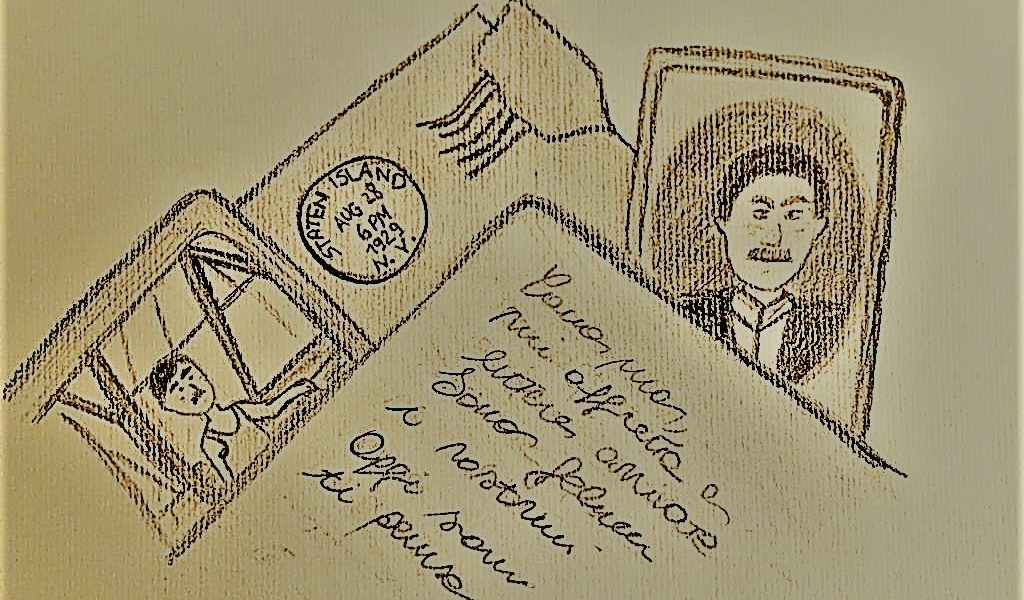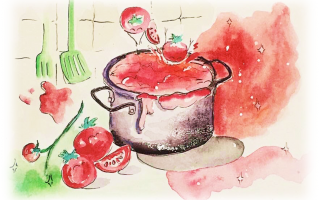by MICHELA VALMORI
On September 16th, 2018, the Italian TV series “La Vita PROMESSA” was premiered in Italy.
Under the direction of Ricky Tognazzi and Simona Izzo, the screenplay of Laura Toscano and Franco Marotta and the production of Picomedia, it was proposed in prime time to the Italian public, the story and the evolution of a Sicilian family that, at the beginning of last century, decided to challenge their destiny by emigrating to the United States. The title of the mini-series (consisting of four episodes the first season, and three the second one released in 2020) plays with the usual definition of “the promised land”; the promised land was what the Italian-American emigrants hoped to find on the other side of the ocean, the land where, as they used to think, the streets were paved with gold.
The year in which the first series is set is 1921, shortly before that 1924 Quota Law that will see a conspicuous reorganization in the number of the Italians that had access to North America. Carmela Carrizzo, aka, Luisa Ranieri, is the mother of a family who, after being widowed by a local crime boss, decides to give her children the hope of a new life: of “a promised life”. It is for this reason that they all leave for America and, despite many difficulties, they arrive at Ellis Island where, following the registration of the family as “immigrant alien”, they will see their family name – and part of their identity- undergo the usual change, turning, from that moment on, into Rizzo.
The Rizzos, a matriarchal family entirely centered on the figure of Donna Carmela, settle in the New York neighborhood of Little Italy, and here they will try to realize their Italian American dream of a better life, in a land already dominated by Prohibition and economic crisis. The events in the story do not always seem to repay their sacrifice, such as those of all the immigrants who bravely enough uprooted themselves in search of happiness. However, the family’s life in the New World seems to be more prosperous. Here, with hard work and devotion, they manage to save some money for their Sunday lunch, they can, at some point, buy a second-hand suit for their son’s wedding, they eventually make it to open an Italian restaurant, and finally, they are wealthy enough to rent an entire room for the communion of their granddaughter.
There will be mourning and despair, the death of a son who joined the anarchist movements, the marriage by proxy, the image of the transplanted Sicilian boss, and the adherence of the other son to illicit activities; however, he will end up repenting and dying in an attempt to save his family from mobsters. The ingredients of melodrama, together with the characteristic traits and stereotypes generated around the identity of the Italian American migrant, are all there. It would seem like déja vu, if it were not, however, that, in Italy, the theme of Italian American emigration has rarely found previous cinematic expression. Despite its simplistic way of telling one of the most complicated and neglected pages of Italian history, the TV series “La Vita Promessa” offers to the Italian public the complex story of the almost five million Italian immigrants who, from 1870s to 1924, left the Bel Paese in search of a better life. The series gives away to the public the social portrait of the Italian immigrant, it allows them to appreciate the courage and to sympathize with the discomfort of those who felt judged as different, as aliens, olive-skinned, dagger-loving, violent and dishonest individuals.
Much more: “The Promised life ” accomplishes the modern and somewhat anachronistic operation of creating an Italian-American heroine, a woman, a mother, a matriarch, who becomes the grounding engine of this modern story. “The Promised life” offers us the reality of the Italian diaspora from a gender perspective. Donna Carmela leads the migration of the family, finds work in the New World, makes decisions, marries children by proxy, physically rejects the man who wants to possess her, and fights the underworld with her determination. Would it have happened in Little Italy in 1921? Maybe not. The Italian-American migrant family was generally patriarchal, and women usually did not work outside the households, and would find it difficult to escape the many attempts of physical and psychological violence.
This TV series is a fictionalized product, but it focuses on a very realistic, as much as neglected, page of our national history. It has been able to bring into our homes very many important and contemporary social themes, such as emigration and gender, and it has hopefully led us to rethink and reflect on the concept of “different”, as such was the Italian immigrant considered.
Because, at the end of the day, paraphrasing the Italian-Tunisian singer Ghali, “different from whom?”:
Mi dice lo sapevo, ma io non ci credo, mica sono scemo
C′è chi ha la mente chiusa ed è rimasto indietro, come al Medioevo
Il giornale ne abusa, parla dello straniero come fosse un alieno
Senza passaporto, in cerca di dinero
[…]
Oh eh oh, quando mi dicon’: “Vai a casa”
Oh eh oh, rispondo: “Sono già qua!”
Cara Italia – Ghali
On the cover: illustration by Giulia Polidoro
Tou can read it in italian by clicking here




